Home>Garden Essentials>What Is Gradual Infill
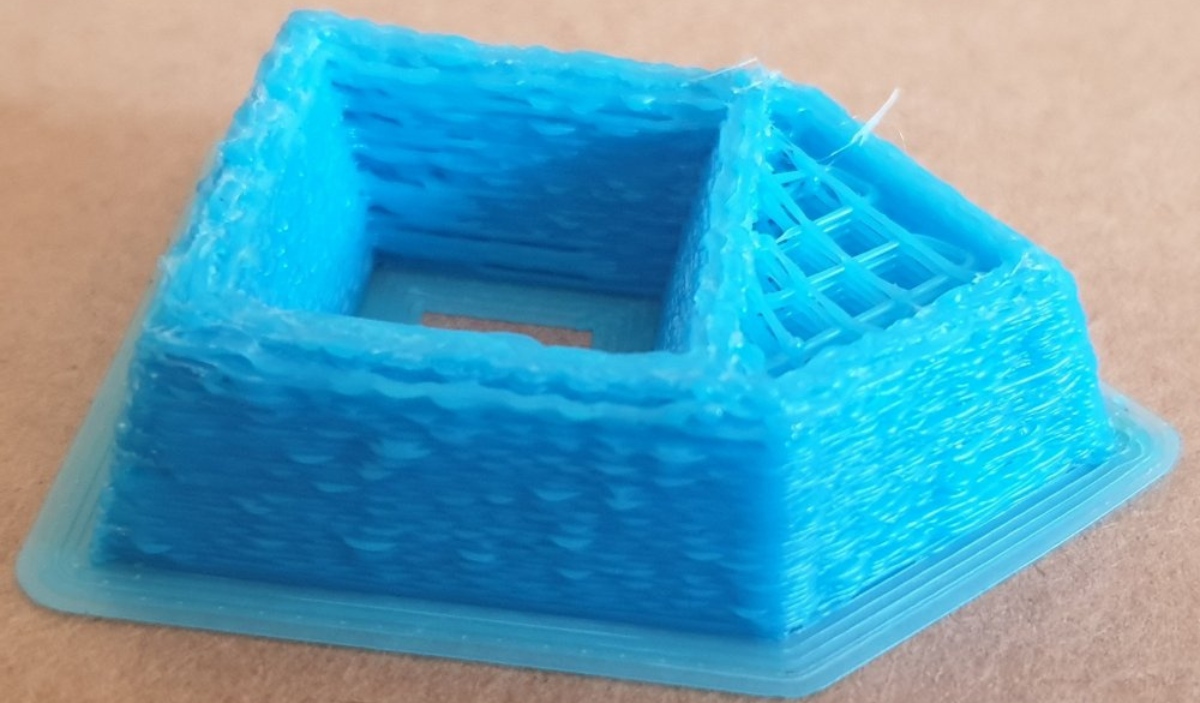

Garden Essentials
What Is Gradual Infill
Modified: March 7, 2024
Discover the concept of gradual infill for your garden and learn how it can transform your outdoor space into a lush oasis. Enhance your gardening skills with the help of our expert tips and insights.
(Many of the links in this article redirect to a specific reviewed product. Your purchase of these products through affiliate links helps to generate commission for Storables.com, at no extra cost. Learn more)
Introduction
Welcome to the world of gardening! Whether you are a seasoned gardener or just starting out, one of the key concepts you need to be familiar with is gradual infill.
So, what exactly is gradual infill? In simple terms, it refers to the process of gradually filling in empty spaces within your garden beds or containers, rather than planting everything all at once. This technique allows you to have a more dynamic and evolving garden, as well as several practical benefits.
In this article, we will explore the definition, purpose, benefits, challenges, case studies, examples, and best practices associated with gradual infill. By the end, you will have a comprehensive understanding of this gardening technique and be equipped to implement it in your own gardening endeavors.
Key Takeaways:
- Gradual infill is like a slow dance for your garden, allowing you to add plants in stages, creating a balanced and visually stunning landscape over time.
- By practicing gradual infill, you can create a garden that evolves and thrives, promoting biodiversity, efficient resource use, and extended blooming seasons for a sustainable and beautiful outdoor space.
Read more: What Is An Infill Speed
Definition of Gradual Infill
Gradual infill, also known as sequential planting or successive planting, is a gardening technique that involves planting in stages rather than all at once. Rather than filling up every empty space in your garden bed or container with plants immediately, you strategically plant in phases, gradually filling in the spaces over time.
The idea behind gradual infill is to create a garden that looks lush and full without overcrowding the plants. This technique allows you to carefully consider the growth and spacing requirements of each plant, ensuring they have adequate room to thrive.
Purpose and Importance of Gradual Infill
The primary purpose of gradual infill is to create a visually appealing garden that is well-structured and balanced. By strategically filling in the empty spaces, you can create a harmonious and cohesive design that is pleasing to the eye.
Furthermore, gradual infill allows for better planning and management of your garden. By planting in stages, you have the opportunity to evaluate the growth and development of each plant before adding more to the mix. This way, you can make adjustments as needed, ensuring optimal spacing, light exposure, and nutrient availability for each plant.
Another important aspect of gradual infill is its impact on biodiversity. By spacing out your planting and introducing new plants over time, you create a more diverse and dynamic ecosystem. This not only benefits the plants themselves but also promotes the presence of beneficial insects, birds, and other wildlife in your garden, which in turn helps with pollination and natural pest control.
Lastly, gradual infill allows for better utilization of resources, such as water and nutrients. By planting in stages, you can efficiently manage and allocate the available resources to the plants as they need them, reducing wastage and ensuring optimal growth.
Benefits of Gradual Infill
The benefits of gradual infill are numerous and significant for both the garden and the gardener.
- Enhanced visual appeal: Gradual infill creates a visually stunning garden with a balanced and well-structured design.
- Better plant management: By planting in stages, you can assess the growth and development of each plant and make adjustments as needed.
- Promotes biodiversity: Gradual infill contributes to a diverse ecosystem, attracting beneficial insects and wildlife.
- Efficient resource allocation: The technique allows for optimal utilization of resources such as water and nutrients.
- Extended blooming season: Gradual infill enables you to add plants with different blooming seasons, ensuring continuous beauty in your garden throughout the year.
The result is a flourishing garden that is both aesthetically pleasing and environmentally sustainable.
Key Takeaways:
- Gradual infill is like a slow dance for your garden, allowing you to add plants in stages, creating a balanced and visually stunning landscape over time.
- By practicing gradual infill, you can create a garden that evolves and thrives, promoting biodiversity, efficient resource use, and extended blooming seasons for a sustainable and beautiful outdoor space.
Read more: What Is An Infill Speed
Definition of Gradual Infill
Gradual infill, also known as sequential planting or successive planting, is a gardening technique that involves planting in stages rather than all at once. Rather than filling up every empty space in your garden bed or container with plants immediately, you strategically plant in phases, gradually filling in the spaces over time.
The idea behind gradual infill is to create a garden that looks lush and full without overcrowding the plants. This technique allows you to carefully consider the growth and spacing requirements of each plant, ensuring they have adequate room to thrive.
“Gradual infill is like a well-orchestrated dance. You introduce new plants in a sequential manner, ensuring each one has its own space to shine.”
When practicing gradual infill, you begin by planting a select few plants, leaving adequate spacing between them. As these plants grow and mature, you observe their growth patterns and consider their impact on the overall design of the garden. Once you feel confident that these initial plants are established and thriving, you can introduce new plants into the available spaces.
The key to successful gradual infill lies in thoughtful planning and consideration. As you add new plants, you take into account their growth habits, size, color, and texture to ensure a harmonious and visually appealing garden. By staggering the planting process, you create a dynamic and evolving landscape that changes and develops over time.
There are various strategies that can be employed when practicing gradual infill. For instance, you may choose to start with a focal plant, such as a tree or a large shrub, and then gradually fill in the surrounding empty spaces with smaller plants or groundcovers. Alternatively, you can begin with a few select plants with complementary colors or textures and gradually introduce additional plants to expand the design.
It is important to note that gradual infill is not limited to outdoor gardens. It can also be applied to container gardening, allowing you to create beautiful and vibrant arrangements that evolve and transform as the plants grow.
Overall, gradual infill is a versatile technique that offers flexibility and creativity in designing your garden. It allows you to work with the natural growth patterns of plants, resulting in a visually captivating and well-balanced space.
Purpose and Importance of Gradual Infill
The primary purpose of gradual infill is to create a visually appealing garden that is well-structured and balanced. By strategically filling in the empty spaces, you can create a harmonious and cohesive design that is pleasing to the eye.
Furthermore, gradual infill allows for better planning and management of your garden. By planting in stages, you have the opportunity to evaluate the growth and development of each plant before adding more to the mix. This way, you can make adjustments as needed, ensuring optimal spacing, light exposure, and nutrient availability for each plant.
Another important aspect of gradual infill is its impact on biodiversity. By spacing out your planting and introducing new plants over time, you create a more diverse and dynamic ecosystem. This not only benefits the plants themselves, but also promotes the presence of beneficial insects, birds, and other wildlife in your garden, which in turn helps with pollination and natural pest control.
In addition to its aesthetic and ecological benefits, gradual infill also plays a key role in resource management. By planting in stages, you can effectively utilize the available resources, such as water and nutrients, in a more efficient manner. This reduces wastage and ensures that each plant receives the essential elements it needs to thrive.
Furthermore, gradual infill allows for better control over the growth and development of your garden. It gives you the opportunity to carefully select and introduce new plants that complement the existing ones, creating a cohesive and intentional design. This way, you can achieve a garden that evolves and matures over time, showcasing different layers of colors, textures, and heights.
One of the notable benefits of gradual infill is the extended blooming season it enables. By introducing plants with different blooming times, you can ensure that your garden remains vibrant and colorful throughout the year. This creates a dynamic and ever-changing landscape that continuously captivates and delights you as the seasons pass.
Moreover, gradual infill allows for experimentation and adaptation in your garden design. As you observe the growth and performance of each plant, you can make adjustments and additions accordingly. This flexibility allows you to fine-tune your garden, ensuring that it reflects your personal preferences and suits the needs of the specific plants you choose to grow.
In summary, the purpose and importance of gradual infill lie in creating a visually appealing, ecologically beneficial, and resource-efficient garden. By carefully selecting and introducing plants in stages, you can achieve a well-planned and dynamic landscape that evolves over time, contributing to a sustainable and enjoyable gardening experience.
Benefits of Gradual Infill
The benefits of gradual infill are numerous and significant for both the garden and the gardener.
- Enhanced visual appeal: Gradual infill creates a visually stunning garden with a balanced and well-structured design. By carefully filling in the empty spaces over time, you can achieve a lush and cohesive landscape that is aesthetically pleasing.
- Better plant management: By planting in stages, you can assess the growth and development of each plant and make adjustments as needed. This allows you to ensure optimal spacing, light exposure, and nutrient availability for each plant, resulting in healthier and more vibrant specimens.
- Promotes biodiversity: Gradual infill contributes to a diverse ecosystem in your garden. By introducing new plants over time, you provide a variety of habitats and food sources for beneficial insects, birds, and other wildlife. This enhances the overall biodiversity and ecological balance in your garden.
- Efficient resource allocation: The technique of gradual infill allows for optimal utilization of resources such as water and nutrients. By planting in stages, you can manage and allocate these resources more effectively, reducing wastage and ensuring that every plant receives the necessary elements for growth and vitality.
- Extended blooming season: Gradual infill enables you to add plants with different blooming seasons to your garden. By carefully selecting plants that bloom at different times, you can ensure a continuous display of colors and flowers throughout the year, extending the beauty and charm of your garden.
- Flexibility and experimentation: Gradual infill provides opportunities for experimentation and adaptation in your garden. As you observe the growth and performance of each plant, you can make adjustments and additions as necessary. This flexibility allows you to fine-tune your garden design and create a space that reflects your personal preferences and style.
Furthermore, practicing gradual infill helps to minimize the risk of overcrowding in your garden. By allowing sufficient spacing between plants, you reduce the competition for resources and create an environment where each plant can thrive and reach its full potential.
Another benefit of gradual infill is the potential for cost savings. By not planting everything at once, you can spread out the financial investment required for purchasing plants, soil amendments, and gardening supplies. This allows you to budget your expenses and make informed decisions about which plants to add to your garden.
Overall, the benefits of gradual infill go beyond aesthetics. This technique enhances plant health, promotes biodiversity, optimizes resource utilization, and provides opportunities for creativity and experimentation. By implementing gradual infill in your garden, you can create a sustainable and beautiful landscape that brings joy and satisfaction to both you and the natural world around you.
Challenges and Limitations of Gradual Infill
While gradual infill offers various benefits and advantages, it is important to acknowledge and understand the challenges and limitations associated with this gardening technique.
One of the primary challenges of gradual infill is the patience and time required. Unlike planting everything at once, which provides an instant visual impact, gradual infill takes time to develop and fill in the empty spaces. It requires patience to wait for plants to grow and mature, as well as dedication to regularly monitor and maintain the garden throughout the process.
Another challenge is the need for careful planning and consideration. With gradual infill, you need to carefully select and introduce plants that complement each other in terms of growth habits, colors, and textures. This requires a deeper understanding of the plants and their characteristics, as well as the ability to envision how they will interact and evolve over time in the garden. Without proper planning, the end result may be disjointed or lack cohesion.
Additionally, gradual infill may be limited by the availability of suitable plants and resources. Not all plants may be readily accessible at the desired time or in the required quantities. Finding the right plants to fit your design vision and sourcing them from reputable nurseries may require some effort and research.
Another limitation is the potential vulnerability of young plants to the elements and pests. As you gradually introduce new plants into your garden, they may be more susceptible to the effects of weather conditions, diseases, and pests. Proper care and protection, such as providing adequate water, shelter, and pest control measures, will be crucial during the establishment phase.
Furthermore, gradual infill may not be suitable for all gardening styles or situations. Certain garden designs or landscapes may benefit more from a different approach, such as mass planting or container gardening. It is essential to consider your specific gardening goals, available space, and overall design vision before deciding whether gradual infill is the right technique for you.
Lastly, it is important to note that gradual infill may not be as effective for plants that have specific growth requirements or limitations. For example, certain plants may have aggressive growth habits and quickly outcompete others, disrupting the balance and harmony in the garden. Additionally, plants with large root systems may not be suitable for gradual infill, as they may hinder the establishment and growth of neighboring plants.
Despite these challenges and limitations, gradual infill remains a valuable technique for creating beautiful and sustainable gardens. By being aware of these considerations and carefully planning your approach, you can overcome the challenges and make the most of the benefits that gradual infill provides.
Case Studies and Examples of Gradual Infill
To better understand the implementation and effectiveness of gradual infill in real-world gardening scenarios, let’s explore a couple of case studies and examples that showcase the versatility and impact of this technique.
Read more: What Is Infill Sewerage
Case Study 1: The Evolving Cottage Garden
In this case study, we have a cottage garden with a sizeable empty space in the center. The gardener chooses to implement gradual infill to transform the space into a lush and vibrant area.
The gradual infill process starts by planting a few well-chosen perennial plants around the edges of the empty space, leaving ample room for growth. These plants are carefully selected for their complementary colors, heights, and blooming periods.
As these initial plants grow, they begin to fill in the space and provide a framework for the future additions. The gardener periodically assesses the visual balance and growth dynamics and proceeds to introduce new plants gradually.
Over time, the once-empty space begins to showcase a variety of plants with different heights, textures, and colors. The gradual infill process creates a garden that evolves throughout the seasons, with plants blooming at different times and providing continuous visual interest.
Example 2: Succession Planting in Vegetable Gardens
Gradual infill is also commonly used in vegetable gardens to maximize productivity and extend the harvest season. In this example, let’s consider a small raised bed vegetable garden.
The gardener starts by planting cool-season crops, such as lettuce and spinach, in one corner of the raised bed. As these crops are harvested, the gardener replants the same area with warm-season crops such as tomatoes or peppers.
By utilizing gradual infill and practicing succession planting, the gardener maximizes the use of available space and ensures a continuous supply of fresh vegetables throughout the growing season. This approach allows for efficient resource utilization and prevents the occurrence of empty patches in the garden bed.
Furthermore, as the crops are staggered in planting time, it helps to manage pest and disease issues. By not planting all the same crop at once, potential outbreaks can be minimized, and the overall health of the garden is preserved.
These case studies and examples demonstrate the effectiveness of gradual infill in creating visually appealing, dynamic, and productive gardens. By carefully selecting and introducing plants over time, you can achieve a garden that continuously evolves and delights throughout the seasons.
It is important to adapt the gradual infill technique to suit your specific garden and personal preferences. Experiment with different plant combinations, spacing, and timing to create a unique and thriving landscape that reflects your vision and goals.
Best Practices for Implementing Gradual Infill
To make the most of gradual infill in your garden, it is important to follow some best practices to ensure successful implementation and optimal results. Here are some key guidelines to consider:
1. Plan and Design
Start by carefully planning and designing your garden. Consider factors such as available space, sunlight exposure, soil quality, and drainage. Take into account the growth habits, mature sizes, and maintenance requirements of the plants you intend to include. Mapping out a clear plan will guide your choices and ensure a cohesive and balanced garden design.
Read more: What Is Infill Construction
2. Choose Complementary Plants
Select plants that complement one another in terms of colors, textures, heights, and growth habits. Consider the seasonal interest each plant offers, ensuring a continuous display throughout the year. By choosing complementary plants, you create a visually appealing and harmonious garden.
3. Consider Growth Rates
Be mindful of the different growth rates of the plants you choose. Introduce slower-growing plants first, allowing them time to establish before adding faster-growing counterparts. This helps maintain a balanced and well-proportioned garden, preventing overcrowding and competition for resources.
4. Monitor and Assess
Regularly monitor the growth and development of your plants. Assess their performance and make adjustments as needed. This includes pruning, dividing, or relocating plants that have outgrown their allotted space or are not thriving as expected. By being attentive and proactive, you can maintain the desired balance and aesthetics in your garden.
5. Provide Adequate Care
Ensure proper care and maintenance for your plants. This includes watering, fertilizing, and protecting them from pests or diseases. Providing the necessary care will promote healthy growth and enhance their ability to fill in the empty spaces effectively.
Read more: What Is A Rubber Infill
6. Practice Good Garden Bed Preparation
Prepare your garden beds properly before planting. This includes removing weeds, amending the soil with organic matter, and ensuring proper drainage. Well-prepared beds provide a fertile and conducive environment for the gradual infill process and plant growth.
7. Be Patient
Remember that gradual infill takes time. Be patient and allow your garden to evolve at its own pace. Enjoy the process of observing the growth and transformation of your plants over time, and appreciate the beauty that gradual infill brings to your garden.
By following these best practices, you can create a visually stunning and harmonious garden through the gradual infill technique. Adapt these guidelines to suit your specific garden conditions and personal preferences, and enjoy the rewarding experience of watching your garden evolve and thrive.
Gradual infill is the process of slowly adding material, such as soil or concrete, to a specific area over time. This method helps to prevent settlement and stabilize the ground.
Conclusion
Gradual infill is a gardening technique that offers a wealth of benefits and opportunities for garden enthusiasts. By strategically filling in empty spaces in stages, gardeners can create visually appealing, well-structured, and dynamic landscapes that evolve and thrive over time.
The purpose and importance of gradual infill lie in its ability to create balanced garden designs, optimize resource allocation, promote biodiversity, and extend the blooming season. It allows for better plant management, experimentation, and customization, making it a versatile technique for various garden styles and spaces.
While there are challenges and limitations associated with gradual infill, such as the need for patience, careful planning, and potential vulnerability of young plants, these can be addressed through proper monitoring, maintenance, and adaptation to individual garden conditions.
By implementing best practices, such as planning and designing, choosing complementary plants, considering growth rates, monitoring progress, and providing adequate care, gardeners can maximize the benefits of gradual infill and create stunning and sustainable gardens.
Whether it is transforming an empty space in a cottage garden or maximizing productivity in a vegetable plot, gradual infill allows for creative expression, continuous improvement, and a deep connection with the natural world.
So, embrace the potential of gradual infill in your gardening endeavors. With careful consideration and implementation, it can transform your garden into a thriving and ever-evolving masterpiece, bringing joy, beauty, and a sense of fulfillment to your gardening experience.
Frequently Asked Questions about What Is Gradual Infill
Was this page helpful?
At Storables.com, we guarantee accurate and reliable information. Our content, validated by Expert Board Contributors, is crafted following stringent Editorial Policies. We're committed to providing you with well-researched, expert-backed insights for all your informational needs.
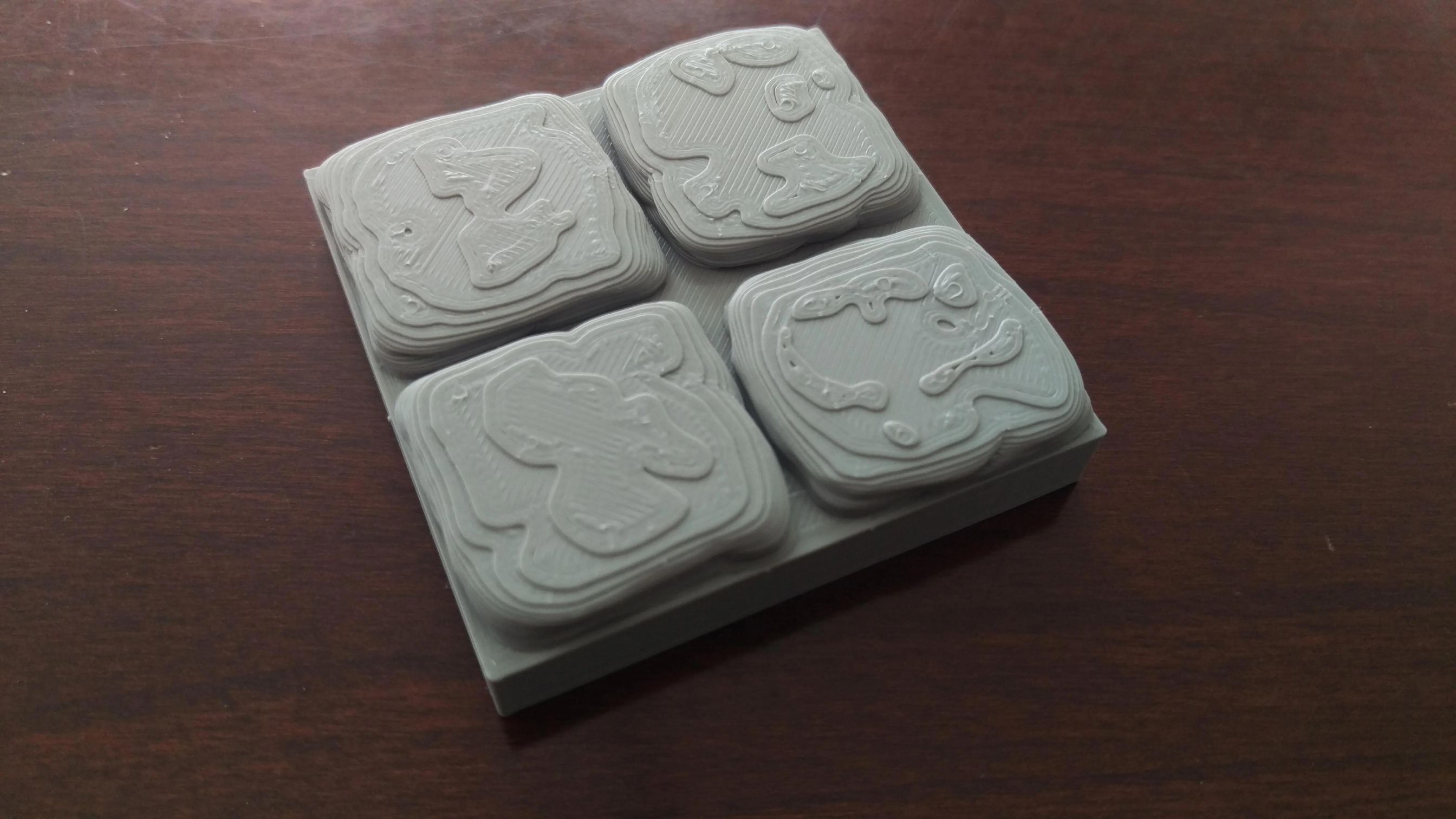

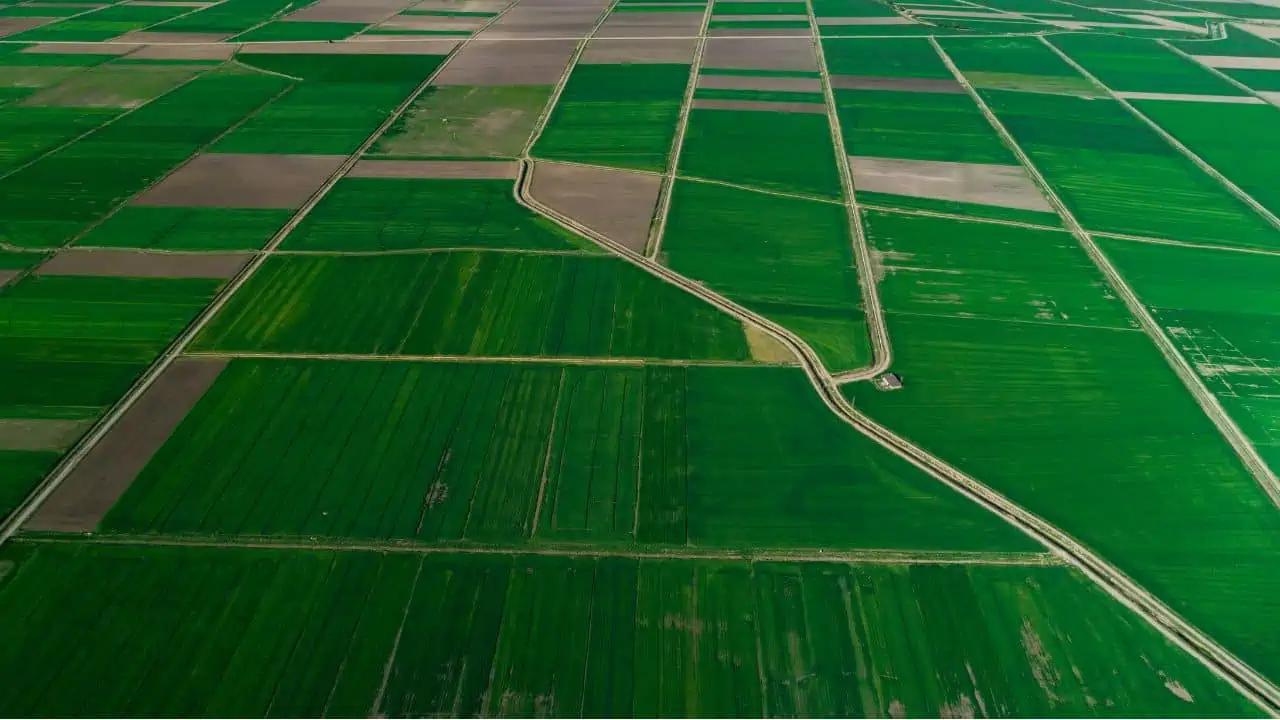
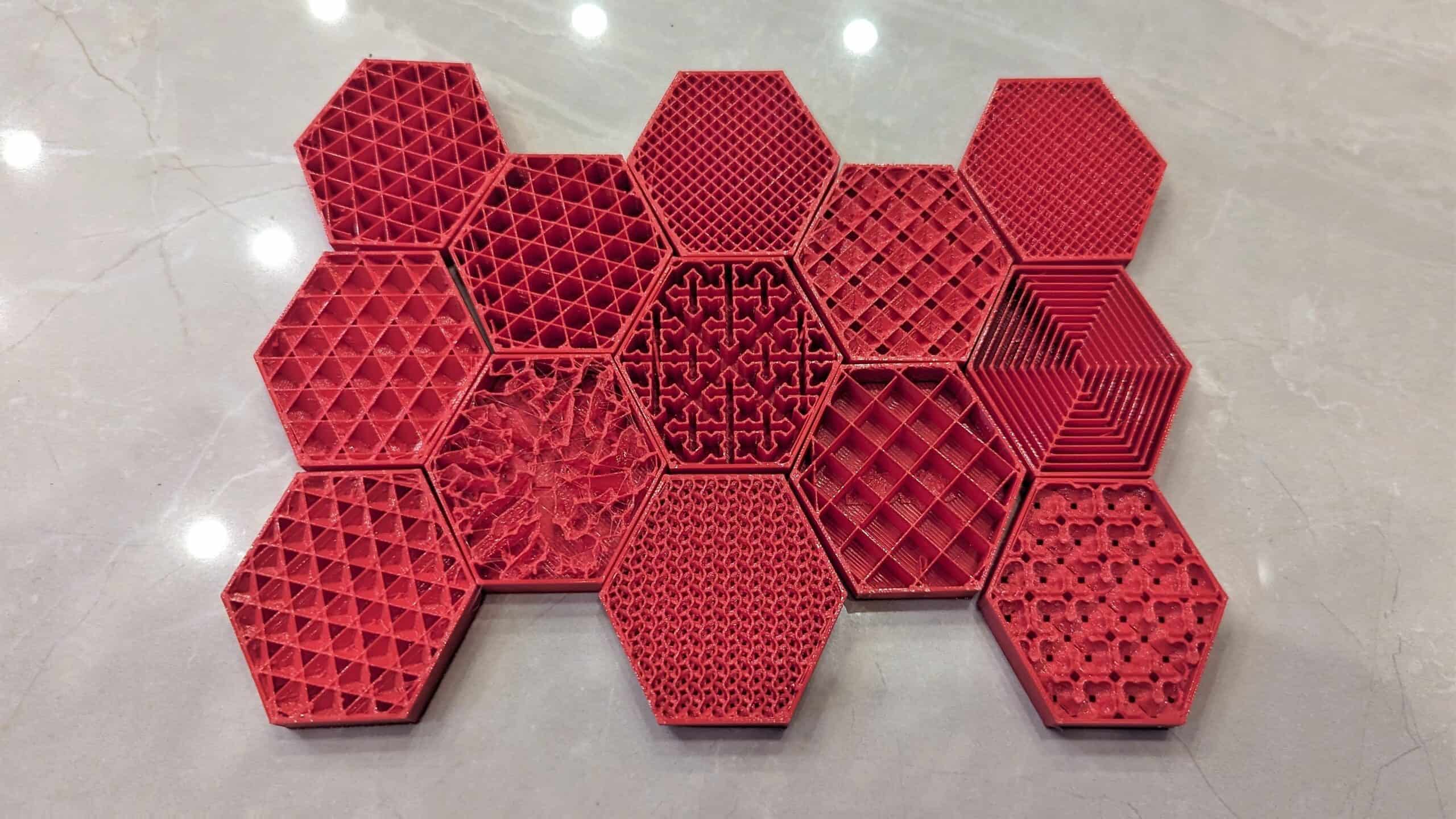
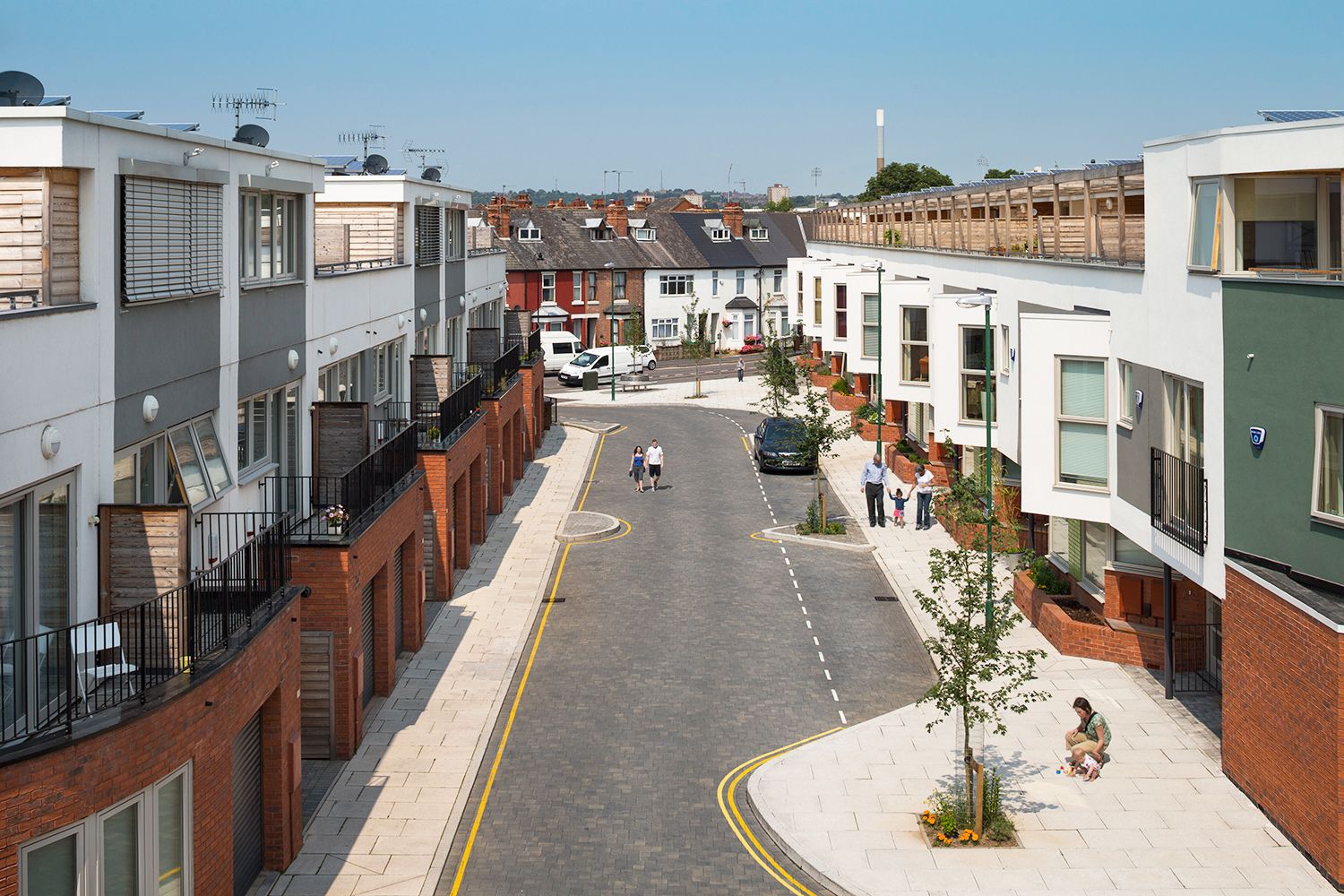
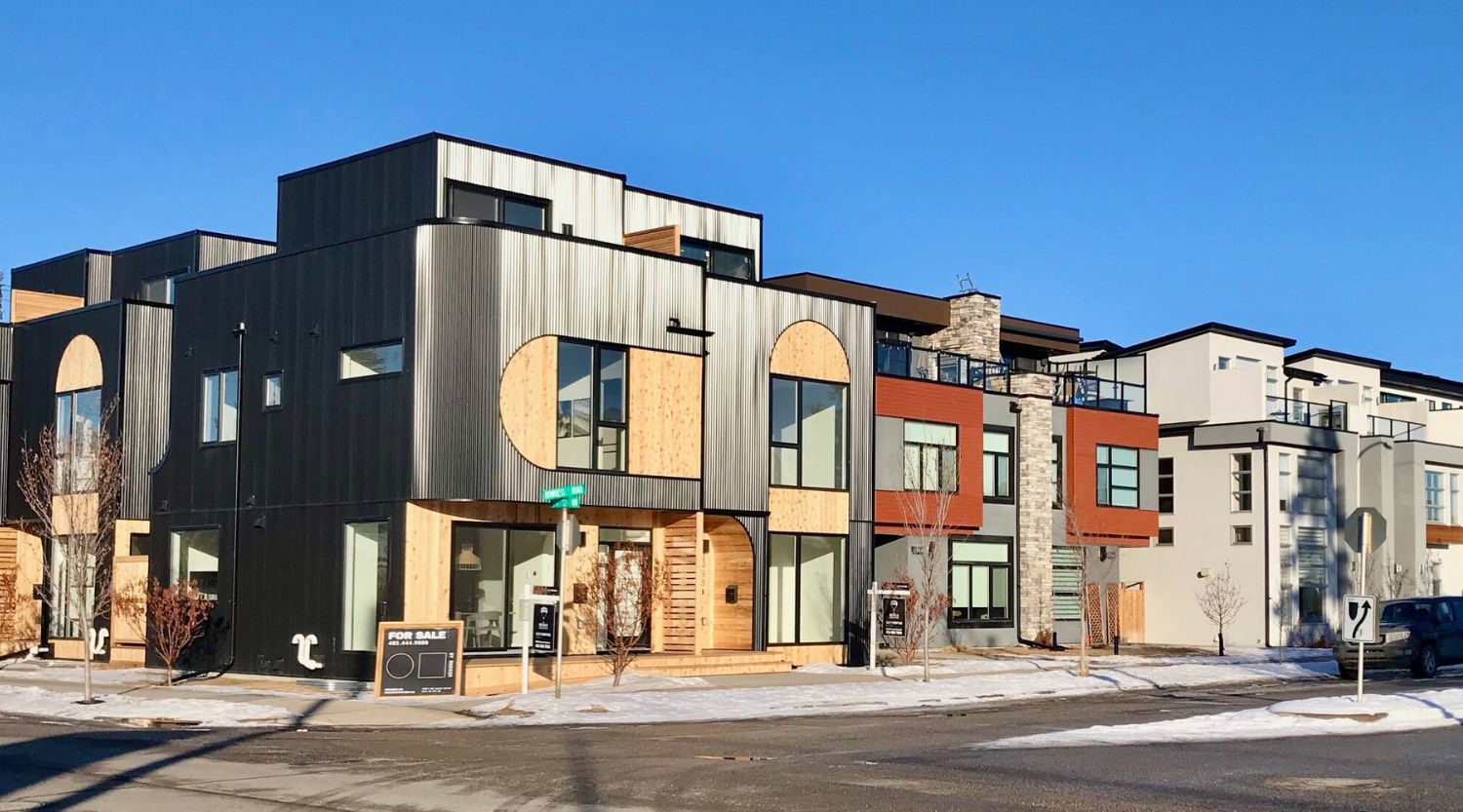
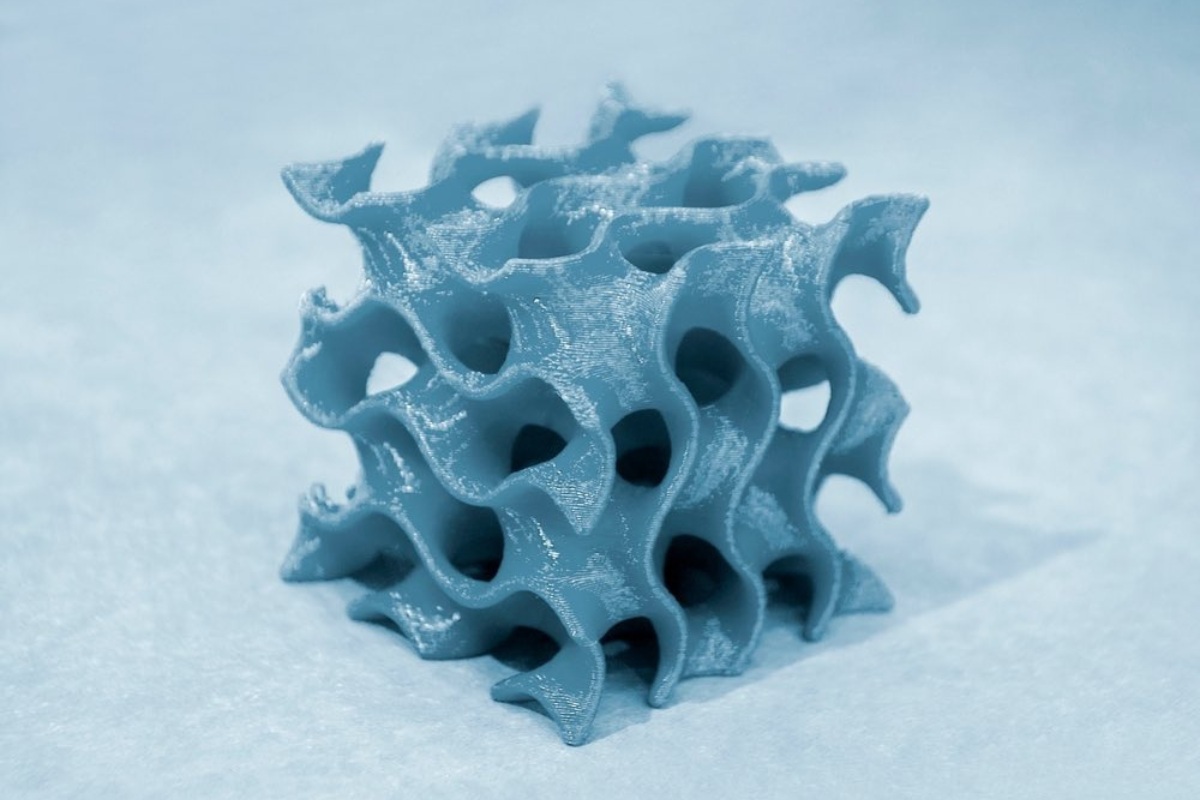

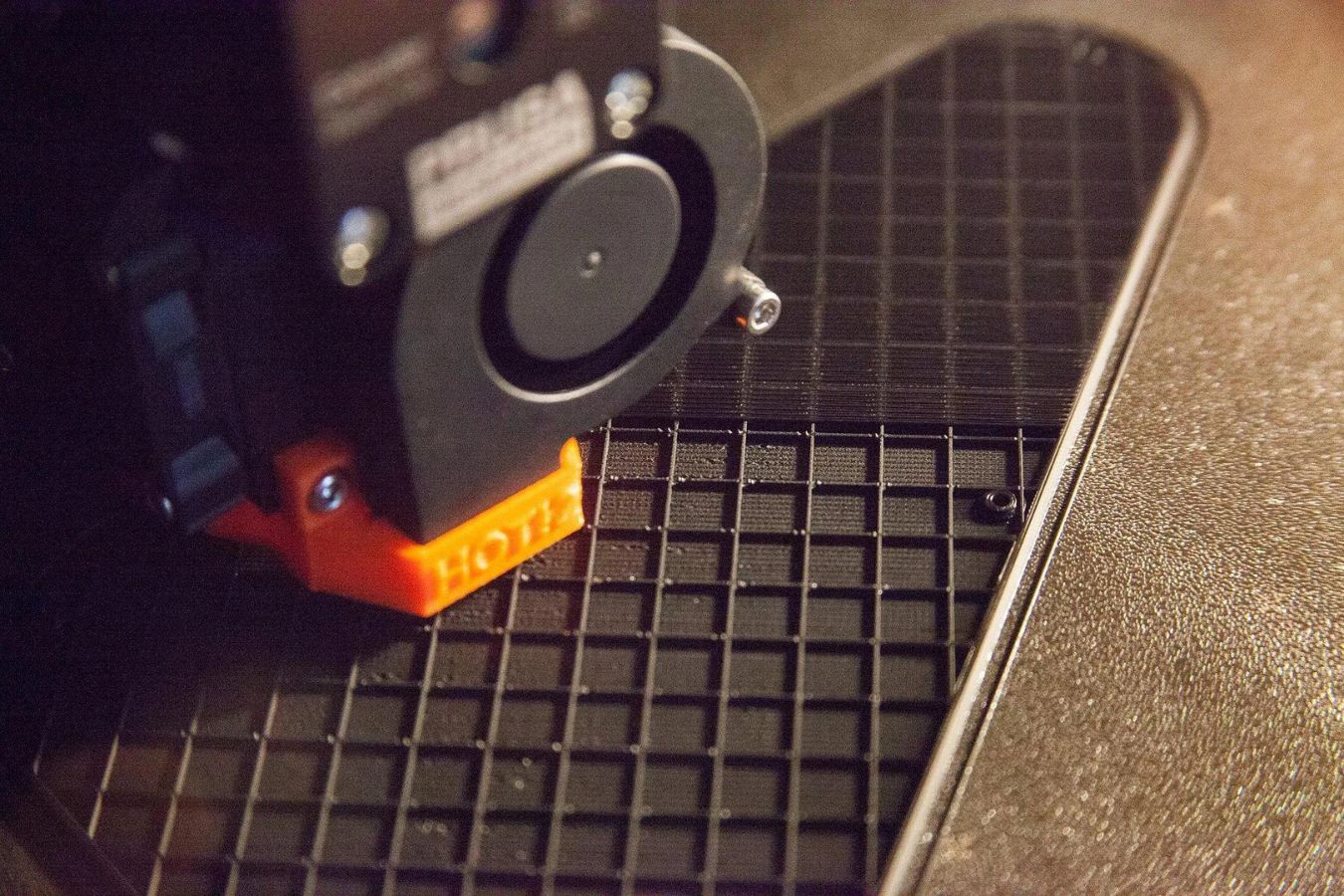
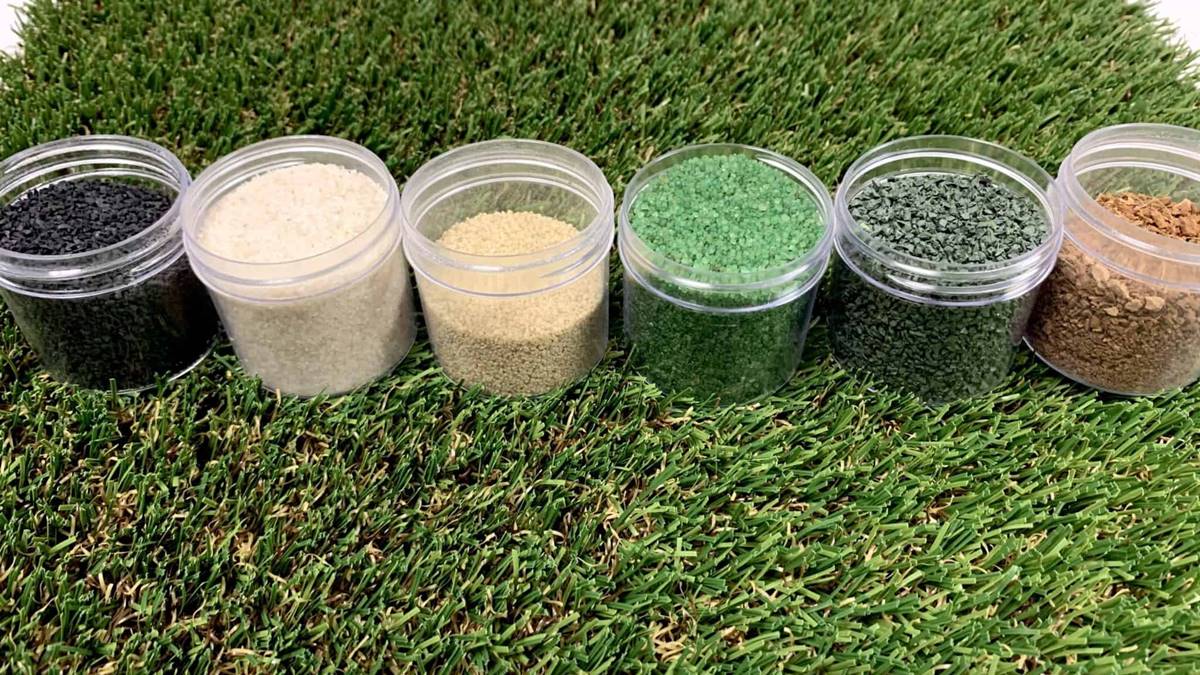
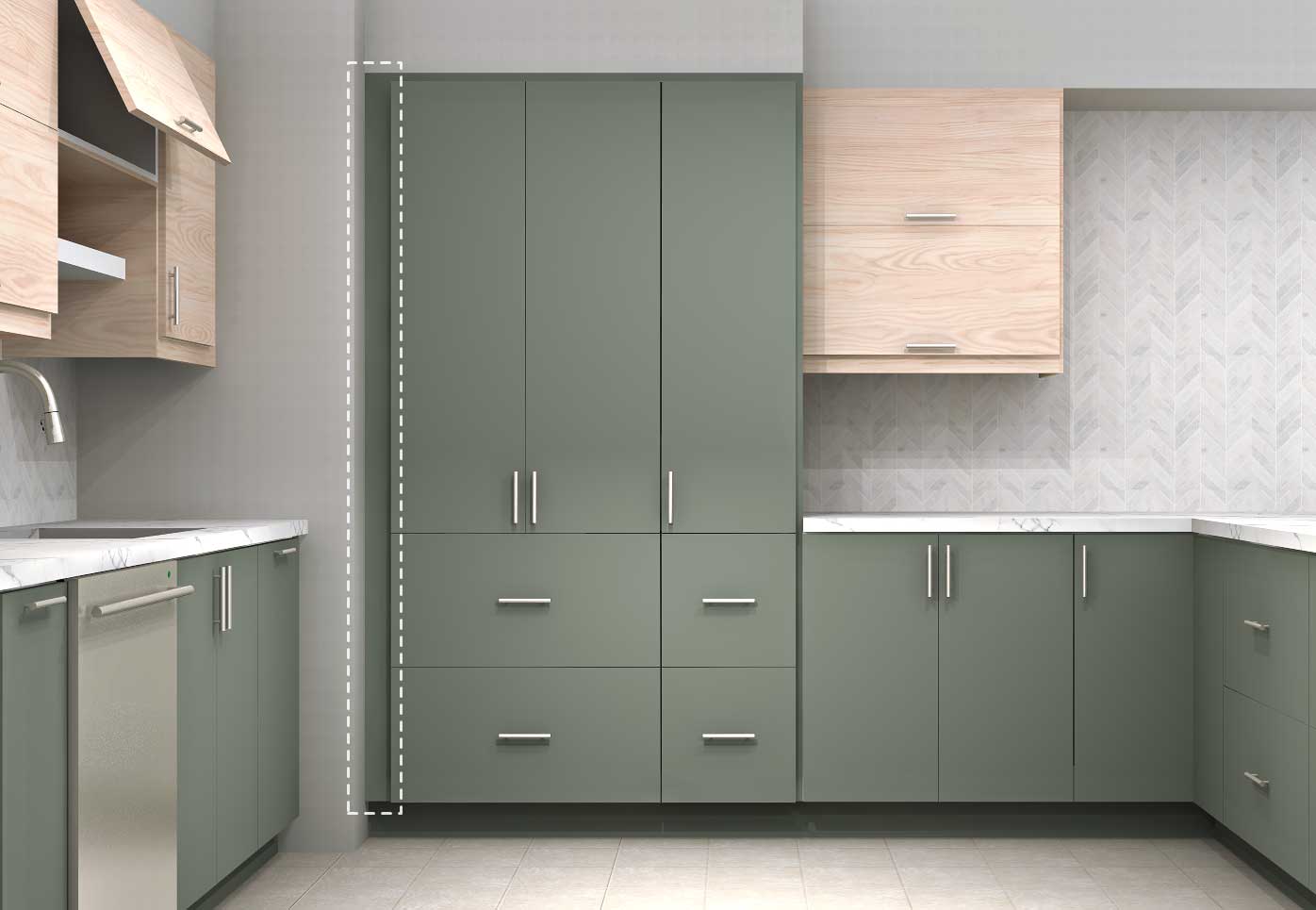

0 thoughts on “What Is Gradual Infill”